|
If the picture above was of your grandmother, would you think you were Black? Well, when I went to the Cairo Museum in 1998 and viewed a sculpture of the same personality, it became crystal clear that King Tut and other ancient Egyptians were Black or of African heritage. As King Tutankhamen's lineage shows, his grandmother was Queen Tiye (pictured above) and there are many other sculptures and artifacts that give away this treasured secret for some and obvious fact for others. Archeological, anthropological, and scientific evidence proves the undeniable black-skinned African heritage of the Ancient Egyptians due to:
Ancient Egyptians are BlackOne of the first jobs I held as a teenager was at the Museum of Science and Industry in 1977 when the King Tut exhibit arrived in Chicago. I was a lecturer/tour guide in that exhibit. There were huge crowds daily and I would make sure that children didn't run or touch the glass in the exhibit, and give little anecdotes about some of the artifacts. It paid minimum wage so I was content, but what I didn't realize was the importance the exhibit had to potentially reveal the cultural identity of the boy King. I don't recall whether there were any images of his grandmother Queen Tiye, his manikin, nor his golden chair. Those were all artifacts I viewed years later in 1998 when I visited the Cairo Museum. It was there that I had an epiphany about his ethnic heritage because those sculptures reveal the facial complexion ranging from a carmel brown coloring to pure black. I was so happy to take the pictures you see below even though please excuse the quality as they are certainly not professionally done and came out shaky at times. The Cairo Museum was more than a mere vacation destination, it was a national treasure. It was under heavy armed guard on the exterior and had plenty of trained personnel watching our every move on the inside. There were sections of the museum where cameras were completely prohibited and using a flash was an absolute no-nol. It was a spectacle to witness and be a part of. I remember our gracious tour guide was charming and handsome, yet articulated a back story I'd read about numerous times regarding King Tut's cultural identity. All ties to his African heritage and Blackness were dashed. In essence, the guide said that I was not seeing what was before my very eyes. Thankfully, I'd read the works of Anthony Browder "Nile Valley Contributions to Civilizations," Dr. Chancellor Williams' "Destruction of Black Civilization", and Cheik Anta Diop' "The African Origin of Civilization." It became very clear to me that there was a big cover up regarding King Tut's black skinned African origin. . Heritage matters...This may seem unbelievable to some. Why would there be any doubt that the boy King of Egypt was anything but African, after all, isn't Egypt in Africa? Well, yes. Egypt is in Africa, but, in school many of us learned that Egypt was in a place called "The Middle East" and therefore, effectively slipped it right out of Africa. Whenever Egypt was mentioned from that point on, it was always referenced as being in the Middle East. This was done repeatedly, until ingrained consciously or unconsciously. Ha! This is no magic trick. It's just part of the "mis"-educational system that many of us recall; myself included. I remember the map of the Middle East including that upper Northern region of Africa. Don't you? All the treasures of the world were attributed there, in the Middle East; not in Africa. And somehow, the glory and wonder of Africa was left out, and got wiped out without any further mention. Though this story may not have been your experience, I must share with you, that I was not alone in this understanding. Years after opening my business, at least 10 years after my High School days, I had several conversations with adults where I had to remind them that Egypt was in fact in Africa. It was and is so fully indoctrinated that when I search for books on Africa with some suppliers, Ancient Egyptian texts are not included in a keyword search on "Africa." The only way to find the books is to search for "Egypt," NOT "Africa" because it isn't even classified as part of the whole. This is a much much longer story I'll leave to the scholars who have spent their careers identifying this problem like Chancellor Williams, "Destruction of Black Civilization" who says, "White scholarship solves such problems very neatly, and without a blink of an eye. In this case they very simply put the white man in Africa before the black man! And, apparently not feeling secure enough with this, they overrode geography itself and "took egypt out of Africa," making it a part of the Asian Middle East! Laughter and tragedy. For, of course, a racism so extreme that it becomes ridiculous also becomes amusing , even though it is at the same time the tragedy of an unabated twentieth century assault on the Blacks." King Tut is BlackWhen the tour guide and I viewed the statue (above), he said the statue was Black because sometimes King Tut was shown as a guard. The implication was that the color was justified due to the lower class status/position he was representing. History, and archeological evidence tells us it was because of his African heritage which is represented as Black. Kemet, which is the original name of Egypt means The Black Land, or The Land of the Blacks from "Nile Valley Contributions to Civilization." The gold chair shown above clearly shows the carmel colored complexion of King Tut and his sister Princess Ankhesenamon. The photo on the right happens to be a book we carry that I included to show a closer picture of the image on the chair. King Tut ascended the throne in 1333 B.C.E. If King Tut weren't Black, then why would a family with access to riches design his manikin to look like a Black young man if he were actually white? The only answer is becuase, of course, he was actually Black. I've included another picture (above, right) found from WorldNews.com which is a close up so that the detail is apparent and undeniable. The photo below of Mentuhotep is strikingly and unmistakably Black. I recall being blown away when I first viewed the statue at the Cairo Museum. It had a powerful effect on me. It was one thing to have read about and viewed pictures showing the Black identity of the ancient Egyptians, but quite another to gaze in person. Theories were transformed into personal experiences which have left lasting impressions and inspiration. I became even more excited about my business, Afriware Books, Co. I gave a few presentations about my trip to the community and to the company I also worked for at the time. I was and am still extremely excited about finding out more... there is always something else to learn. Egyptologist Reveals Ancient Egyptians are BlackRecently I viewed an Egyptologist discuss the Black skin color of the Ancient Egyptians at a Harvard Zoom meeting. I was surprised to hear what many Black Egyptologists have been saying for years like Dr. Yosef ben-Jochannan, Dr. John Henrik Clarke and Cheik Anta Diop at Harvard. It was even more surprising to hear that the Egyptologist named Robert Tyson Smith was invited by Henry Louis Gates. Henry Louis Gates has gone on record to undermine Afrocentric scholars' push to add the African contributions to world history books throughout his career. Some of his tactics were discussed in "Intellectual Warfare" by Dr. Jacob Carruthers and by Molefi Asante here. In spite of the irony behind the invitation, the content of the presentation, however, was excellent in that it linked the importance of specifying the ethnicity and complexion of the Ancient Egyptians as central to destroying the perpetuation of racism. The entire talk by Robert Tyson Smith is here. Stewart said, "The power of acknowledging both Nubia and Egypt as African civilizations is that it destroys the logic of racism; especially American racism with its strongly polarizing view of Blackness and whiteness drawn from slavery." After citing various books on the historical Egyptian literature responsible for racial stereotyping, he states, "arguments about race and ancient Egypt played a fundamental role in justifying slavery right up to the Civil War both as a means of naturalizing the world of slaver and enslaved, through a racialized construction of Ancient Egyptian society and as a rationalization for miscegenation laws and ideas about the degradation of racial blending." In other words if the world could be convinced that Africans were intellectually inferior and relegated to menial work, slavery was "justified" in a sense. A twisted and sick logic, but this was the strategy. The presentation above is the most current research publically presented regarding the ethnicity of the Ancient Egyptians. It is definitely not the first nor the last. There is a long list of scholars and intellectuals who have paved the way. The remainder of this post is dedicated to highlight their work in hopes you will be curious to investigate them all for yourself. References on Ancient Egyptian Skin ColorOne of the questions we get at the store is regarding the identity of the ancient Egyptians. Though many aren't able to travel to Egypt themselves, the closest thing we have are books to tell the story. I've curated a list here of suggested references that focus specifically on the question of skin color and have anthropological, scientific evidence to back it up. I will start with the grandfather of "Afrocentrism," a Senegalese historian, anthropologist, physicist and politician, Dr. Cheikh Anta Diop. His "Melanin Dosage test" solved the long-held mystery regarding the skin color of the Ancient Egyptians detailed in "The African Origin of Civilization - Myth or Reality" and as a contributor in, "General History of Africa" vol 2. He was able to prove that the Ancient Egyptians were black-skinned. Though there was pushback from some scholars, many are slowly but surely coming to the same conclusions even through other means like Robert Tyson Smith who didn't mention Drop one time. Though on one level it is insulting that he wasn't mentioned as he led the charge in this arena, it does make the conclusion harder to refute. Though Tyson may be late to the party, now that he's here, it's time to get the word out to all. While I do not appreciate the unnecessary road to glory, it was inevitable that sooner or later others would see the obvious. I'm thankful to Black scholars who fought all those years to keep the issue in the forefront and have off camera confrontations with white Egyptologists to point out their scholarly missteps as discussed in, "The Battle for Kemet" by Charles Grantham with Yurco. Dr. Runoko Rashidi is a long-traveled scholar whose focus has been the Global African presence in the world. His, "Black Image in Antiquity" has top quality images throughout from Egypt and across the world. Here's a quick video look through of it here. Dr. Rashidi is well respected around the world and has studied with the genius of Dr. John Henrik Clarke, and Dr. ben-Jochannan. He's a prolific writer and highly sought after speaker as well. Just one of his lectures will serve as a gateway to many other scholarly works. The Title and cover image alone of, "Imhotep, The African" makes no bones about the ethnic heritage of Imhotep, a recognized world genius. The authors can not be accused of being "Afrocentric" as they are both non-Black. It is encouraging to see this kind of direct boldness about the controversial subject. The last chapter of the book, "Black Skinned Ancestors' gives an update on a possible tomb found of Imhotep's remains as well as archeological evidence linking the culture of the communities surrounding the Nile Valley and the location of the tombs. I was glad to see that author activist scholar and archeologist Anthony Browder was mentioned in the credits of the book. I personally know historian, and archeologist Anthony Browder. He is a man of high morals and excellence. He was raised in Oak Park and that is where I first met him. He walked into the store when we were located there and he asked me about one of the images I was using for my newsletter. I didn't remember where I'd cut and pasted it from, but he did because it was from his book, "The Browder File." Ha! What were the chances of that happening. To this day he jokes with me taking his work. It has been an honor and a pleasure getting to know him and his family who always come to support his presentations which are highly informative and insightful. He's reached a new dimension of scholarship in becoming the director of an African American funded archeological dig. I encourage all who are interested in being a part of his "ASA Restoration Project" to get on board. The scope of this project is bigger than that of King Tut. He recently revealed on facebook the top of 3 pyramids in a new exhibit in Cairo. It's so exciting to see his years of dedicated work blossom in this way. I'm so proud and he is so deserving of every accolade. His book, "Nile Valley Contributions to Civilization" should be a mandatory text in every High School.
Comments are closed.
|
AUDIOBOOKSMERCHGIFTSjoin email listACADEMIC BOOKSblog Author/
|
- Store
- Blog
- AUDIO BOOKS
- EBOOKS
- SEARCH
- Welcome
- GoFundMe
- TUCC
- Events
- READING GUIDE
- AUTHOR INFORMATION
- ARTIST BIO/PRICE
- NNEDI OKORAFOR BOOKS
- PODCAST
- LARUE'S HAND IN CLAY
- About Us
- FREQUENTLY ASKED QUESTIONS
- BOOK FAIR /SCHOOLS / CLUBS
- Photo Gallery
- EJP BOOK DRIVE
- Videos
- Newsletter/Articles
- Archives
- External Links
- Afriware Statement on COVID-19
- GREATER LAKES
- Afriware Merchandise
- AFFILIATE INFO
- SEBRON GRANT ART DESIGNS
- Mother's Day Bundles
- CARTOON
- ROBOTS
- STEM
AFRIWARE BOOKS CO. A COMMUNITY BOOKSTORE SERVING:
|
|
Melrose Park, IL
|
|
,AFRIWARE BOOKS, CO,
1033 SOUTH BOULEVARD, OAK PARK, IL 60302 708-223-8081 ONLINE SUPPORT: Thurs-Fri. 4-6pm Sat. 12-2pm, IN PERSON EVENTS: afriwarebooks.com/events |
Want to try a great website builder, try Weebly at: https://www.weebly.com/r/9SAD4V


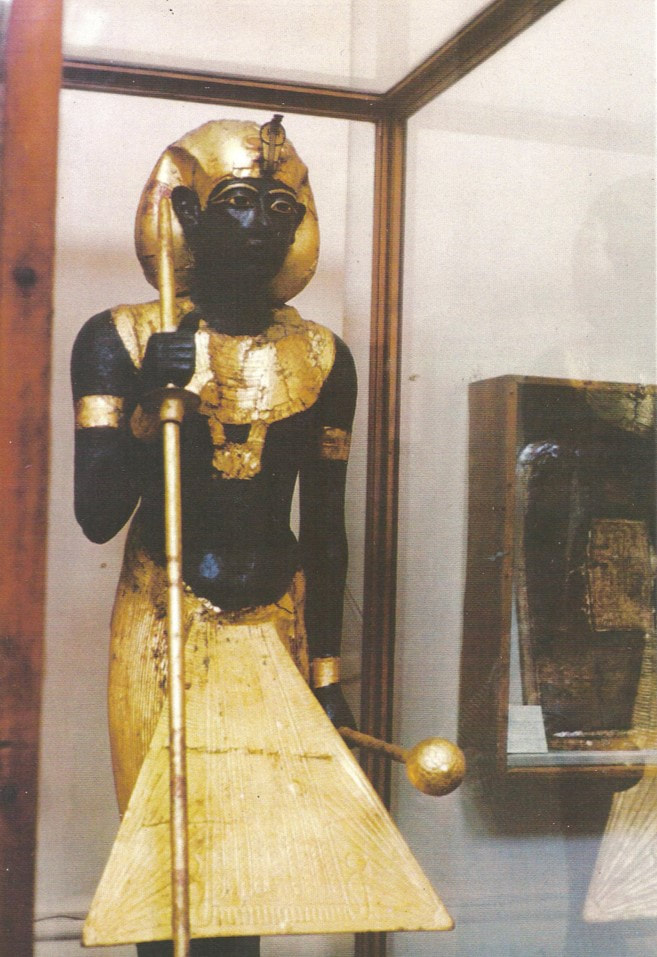
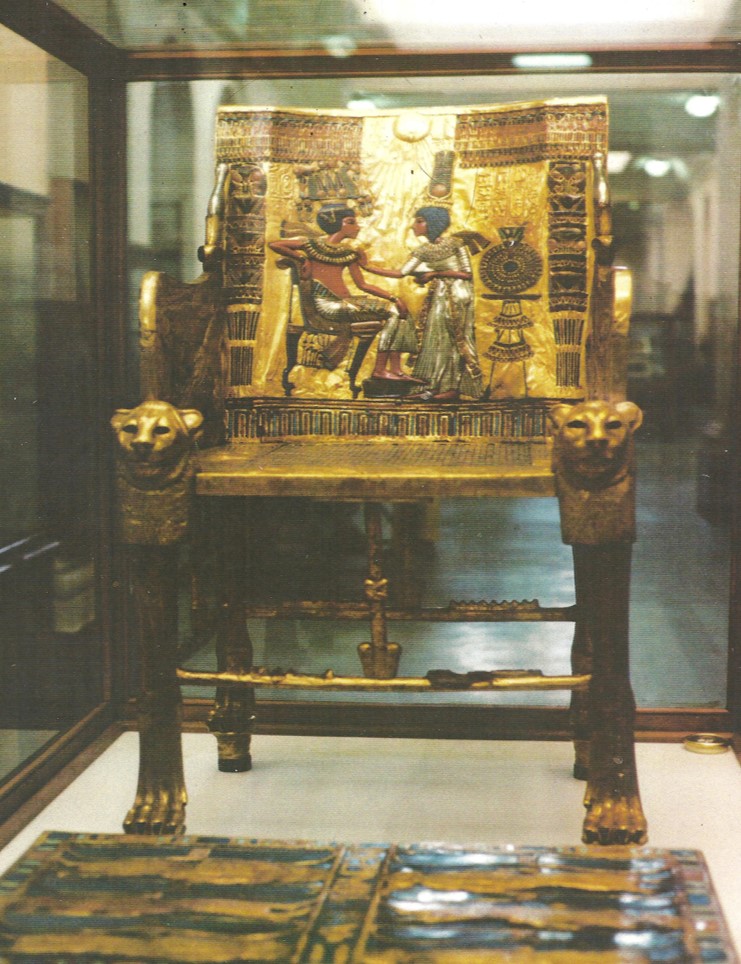
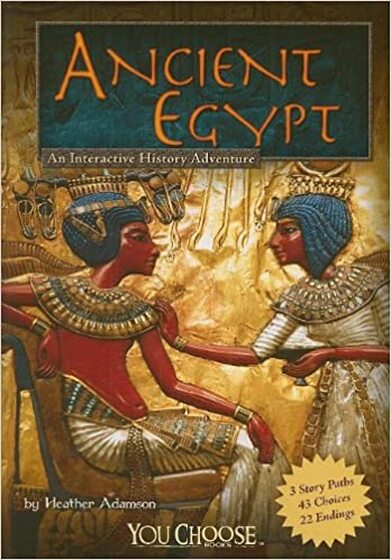

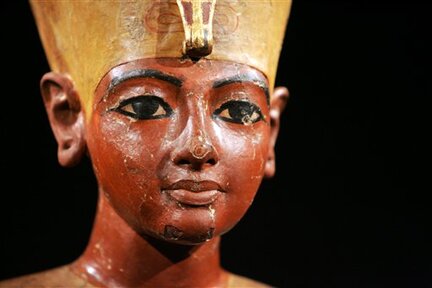
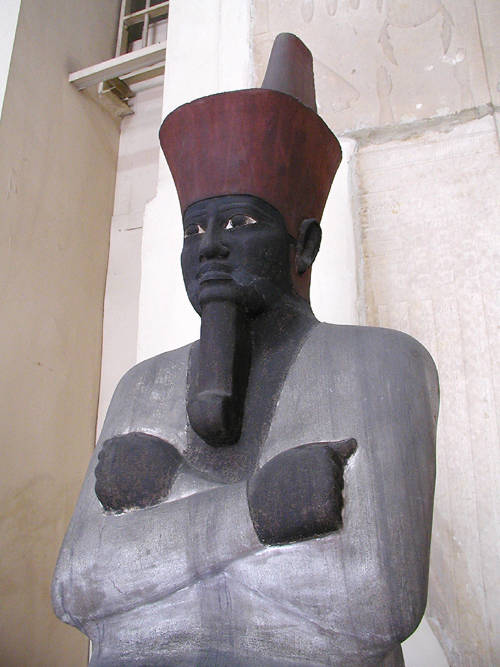
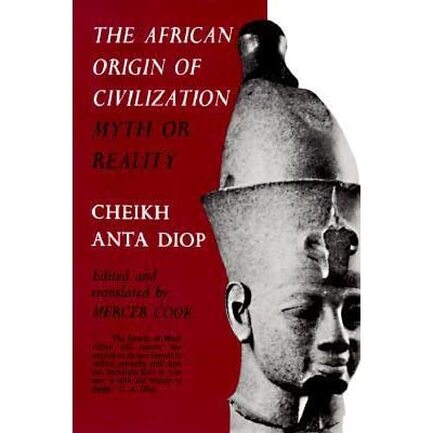
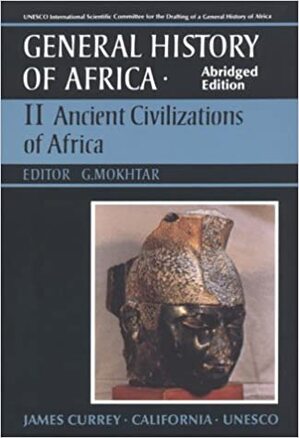
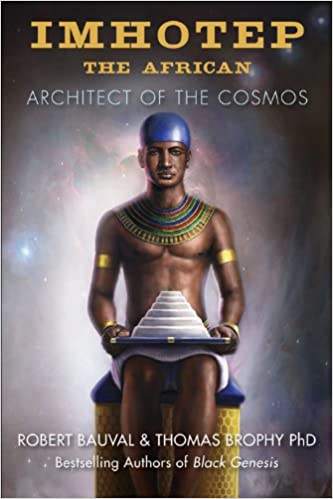
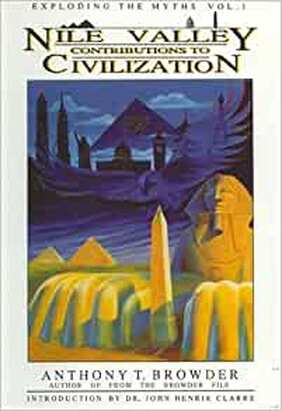
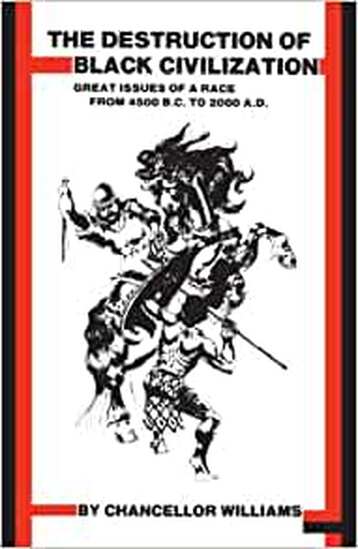
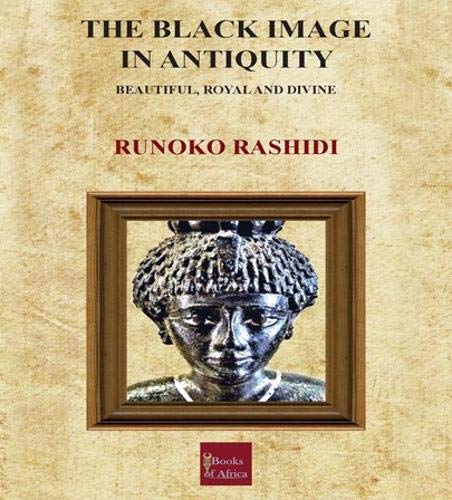

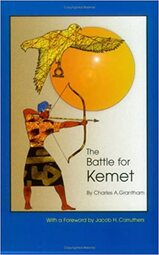






 RSS Feed
RSS Feed


